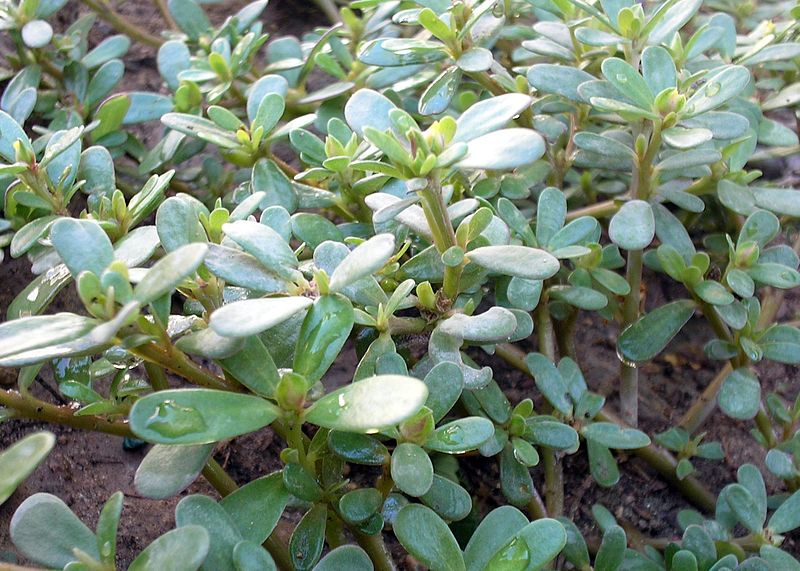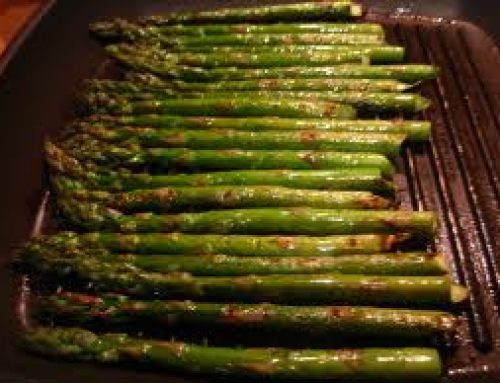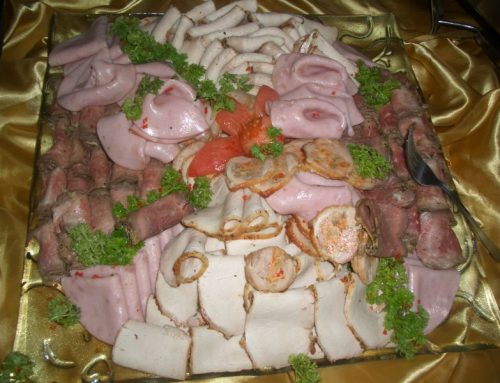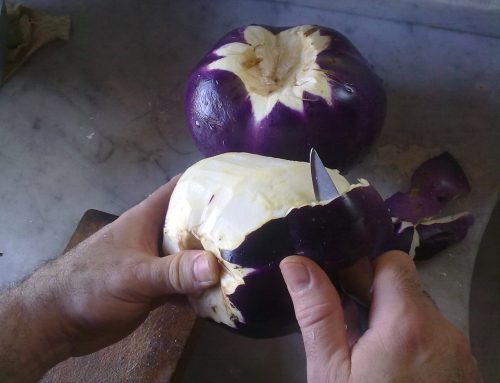Often considered to be a weed especially in the USA, common purslane can be eaten as a leaf vegetable.
It has a taste that is sour and salty but it’s stems, leaves and flower buds are all edible.
It is often used fresh as a salad, stir-fried, or cooked as spinach is, and because of its mucilaginous quality it also is suitable for soups and stews.
Food info and image (source: Wikipedia)
So can guinea pigs eat Purslane, and if they can how much of it can they eat?
Lets take a look and its nutritional data and dig a little deeper under its skin so as to really understand this vegetable.
Purslane, raw
Nutritional value per 100 g (3.5 oz)
Energy 84 kJ (20 kcal)
Carbohydrates 3.39 g
Fat 0.36 g
Protein 2.03 g
Water 92.86 g
Vitamin A 1320 IU
Thiamine (vit. B1) 0.047 mg (4%)
Riboflavin (vit. B2) 0.112 mg (9%)
Niacin (vit. B3) 0.48 mg (3%)
Vitamin B6 0.073 mg (6%)
Folate (vit. B9) 12 μg (3%)
Vitamin C 21 mg (25%)
Vitamin E 12.2 mg (81%)
Calcium 65 mg (7%)
Iron 1.99 mg (15%)
Magnesium 68 mg (19%)
Manganese 0.303 mg (14%)
Phosphorus 44 mg (6%)
Potassium 494 mg (11%)
Zinc 0.17 mg (2%)
As you can see common purslane has has a hint of fat in it, some phosphorus and calcium in it, it is also quite acidic.
However it does contain a very good amount of vitamin c.
With that in mind, it can be eaten by guinea pigs but only once a week in small amounts at the most as it is not the best vegetable that they could eat because of its calcium, phosphorus and acidic content.





